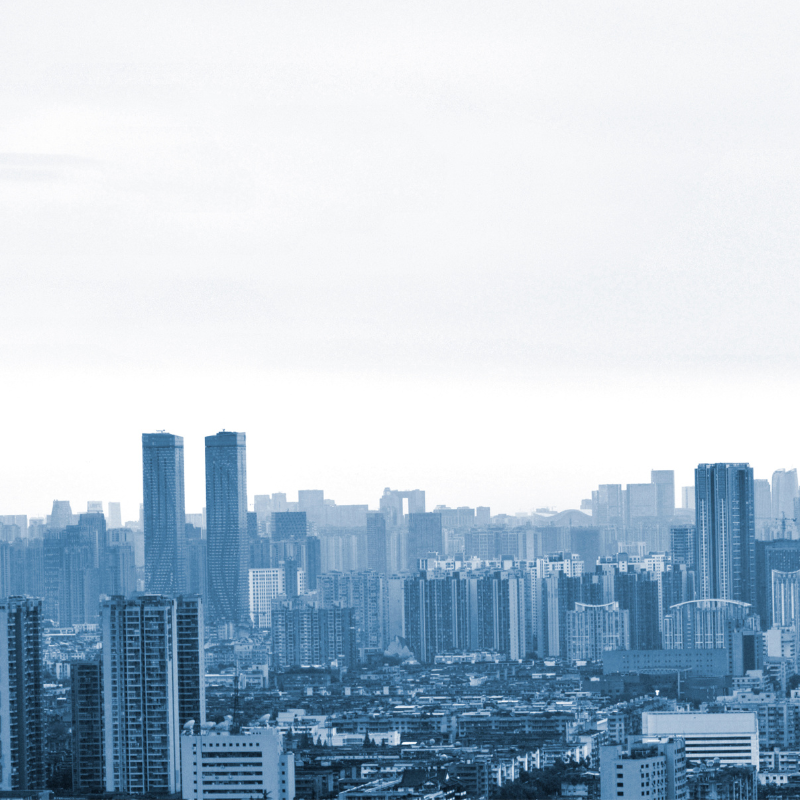Inequality and Climate Change: Redressing racial injustices and combating climate change through impact investing
Industrialization and the emergence of the global economy have led to a tremendous amount of wealth and prosperity for many, as it has helped spur innovation, economic growth, and higher standards of living. Over the last 50 years alone, global life expectancy has increased by 14 years, and an estimated 1.2 billion people have escaped absolute poverty.[1] Undoubtedly, the successes of globalization, international trade, and free-market economies have produced many desirable outcomes for society. However, these successes, have often come with costs, particularly for the environment and marginalized communities, both of which are inextricably linked. Though historical barriers have precluded marginalized communities from equitably participating in the modern economy, these very groups are the most vulnerable to the adverse effects of pollution, environmental degradation, and climate change.
Today, in the United States, people of color are more likely to die of environmental causes when compared to other groups because of exclusionary housing and zoning policies such as redlining, racial covenants, and formal segregation.[2] In the early 1930s the federal government enacted social and economic policies intended to expand homeownership and bolster the economy through flexible financing terms for new and existing buyers, but restricted access to only white Americans. Government-supported agencies contributed to this inequality; the Homeowners’ Loan Corporation (HOLC) developed neighborhood maps that outlined in red, areas with large minority populations that mortgage lenders should steer clear of, while The Federal Housing Association (FHA) refused to insure loans made to people of color.[3] Policies like these relegated people of color to undesirable neighborhoods near industrial plants and major roadways and highways, which disproportionately exposed them to emissions, toxic pollutants, and other environmental hazards.[4] Consequently, the proximity of low-income neighborhoods to industrial plants has increased the risk of their residents developing birth defects, cardiovascular, and other respiratory diseases such as heart attacks and asthma—health inequities still present today.[5] This unequal outcome, while alarming, represents only one of the effects at the intersection between historically discriminatory policies and a fossil fuel-based economy, there are countless more.
The legacy of housing discrimination today also means that people of color have accumulated fewer financial resources to adapt to the evolving effects of climate change. Previously redlined communities where many people of color live have property values that are roughly 50% less than green-lined communities.[6] This wealth disparity combined with lower incomes and educational attainment levels result in less financial resilience following extreme weather events for people of color. During Hurricane Katrina, black people in the affected area were less likely to return to their homes, were less likely to be working than when the storm hit in 2005, and are more likely to be living in poverty today.[7] While underscoring this example may seem extreme, increasing CO2 concentration and rising sea levels will lead to more frequent and intense storms, wildfires, urban heat islands, flooding, and droughts, exacerbating existing inequalities.[8]
Just as contemporary inequalities stem from deliberate exclusionary policies and investment choices, the solutions needed to address them must deliberately prioritize inclusion. Often, the solutions to environmental degradation and climate change center around pollution and the atmospheric concentration of CO2; yet, their disparate effects across groups also make them unequivocally a social justice issue.[9] Without prioritizing inclusivity throughout climate adaptation solutions, people of color will have even fewer financial resources to withstand the evolving effects of climate change, further inhibiting these communities from securing their livelihoods and upward economic mobility.[10] Given that capital tends to move faster than policy, impact investors have an opportunity through both public and private markets to be at the forefront of redressing environmental injustices and supporting inclusive solutions for a greener economy.
Addressing Inequity and Climate Change Through the Public and Private Markets[11]
Any investor holding at least $2k worth of equity shares in the public market for at least three years can directly influence the behavior of major corporations. Tangible ways to effect change include filing shareholder resolutions, voting on resolutions proposed by other shareholders, or pledging shares to advocacy organizations like As you Sow.[12] Additionally, investors in mutual funds and ETFs can encourage their fund managers to propose and vote on resolutions that align with their values.
In the private markets, investors can achieve a more targeted impact by directly investing in solutions developed by vulnerable communities. These include supporting smallholder farmers and indigenous land stewards, democratizing clean and renewable energy, and financing workforce development and retraining programs within the green economy. Specifically, investors can prioritize companies and investment funds with explicit missions linking the environment, climate, and its effects on marginalized communities. An example of a company best supporting these efforts includes Navajo Power that is scaling solar and storage projects on indigenous lands, and helping to catalyze economic empowerment for native communities; while an investment fund like One Acre Fund provides an example of an investment fund supporting smallholder farmers by providing them with inputs to adapt to the effects of climate change (drip irrigation, drought-resistant crops, etc.), and contributing to mitigation through more sustainable agricultural practices.
While investing in climate-oriented solutions will help mitigate many of the effects of climate change, we must vigilantly act to ensure that social justice becomes a central focus of these efforts. As stewards of private capital, investors must play a role to ensure that the transition to a green economy can bring about greater equity for marginalized communities.
[1] The World Bank: “Open Data”.
[2] The Washington Post: “Redlining means 45 million Americans are breathing dirtier air”
[3] Environmental Science & Technology Letters: “Historical Redlining is associated with Present-Day Air Pollution Disparities in U.S. Cities”
[4] The Washington Post: “Redlining means 45 million Americans are breathing dirtier air”
[5] Ibid
[6] Center for American Progress: “Racial Disparities in Home Appreciation”
[7] FiveThirtyEight: “Katrina Washed Away New Orleans’s Black Middle Class.”
[8] Project Drawdown: “Climate-Poverty Connections.”
[9] Intentional Endowments Network: “Leading with Justice: Net Zero Investing & Conversations on Climate Justice.”
[10] Global Citizen: “Why Climate Change and Poverty are inextricable linked.”
[11] The Political Economy Research Institute at UMASS Amherst regularly publishes reports highlighting the top 100 companies producing toxic air pollution and how much of it, minority communities experience.
[12] As You Sow. “Shareholder Advocacy.”

